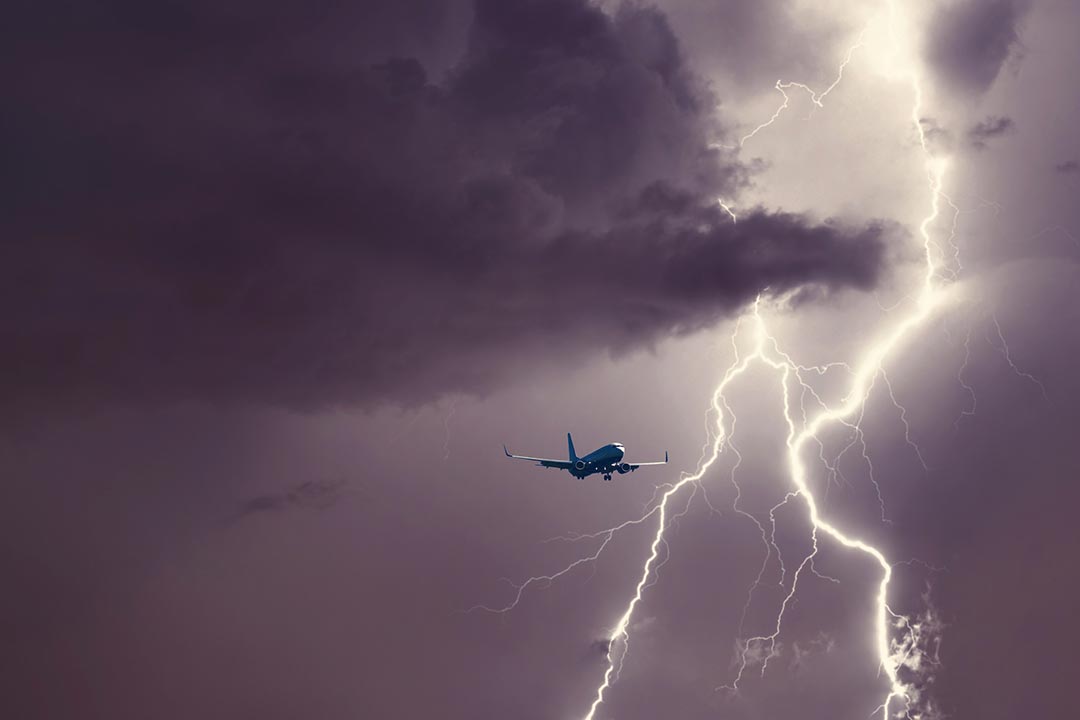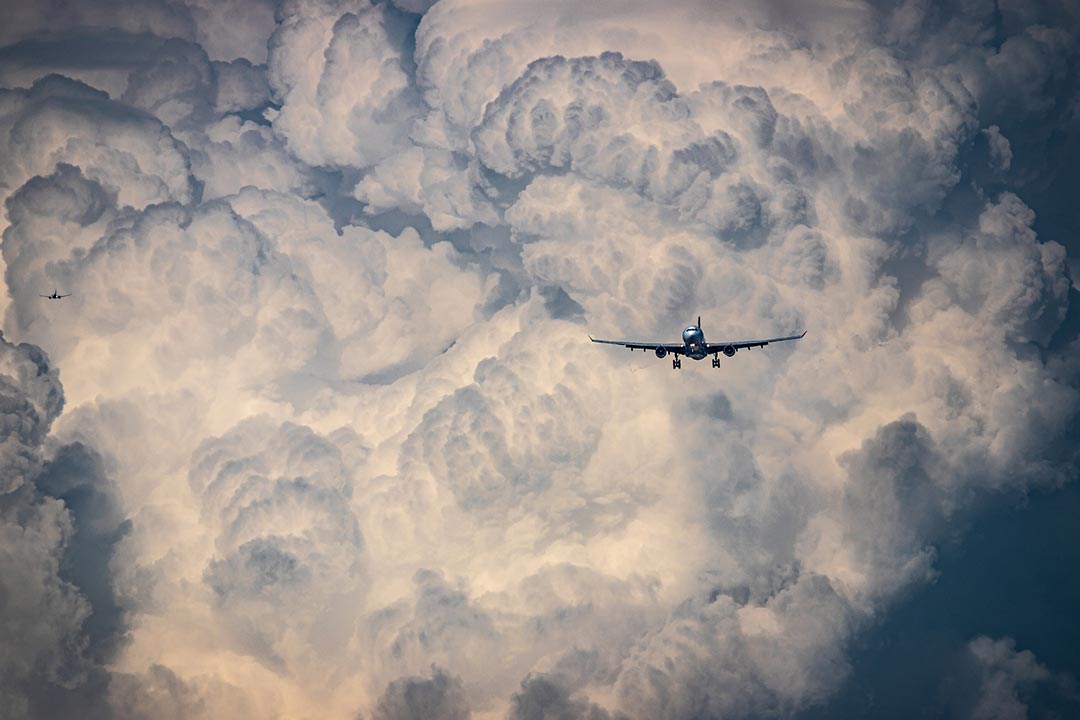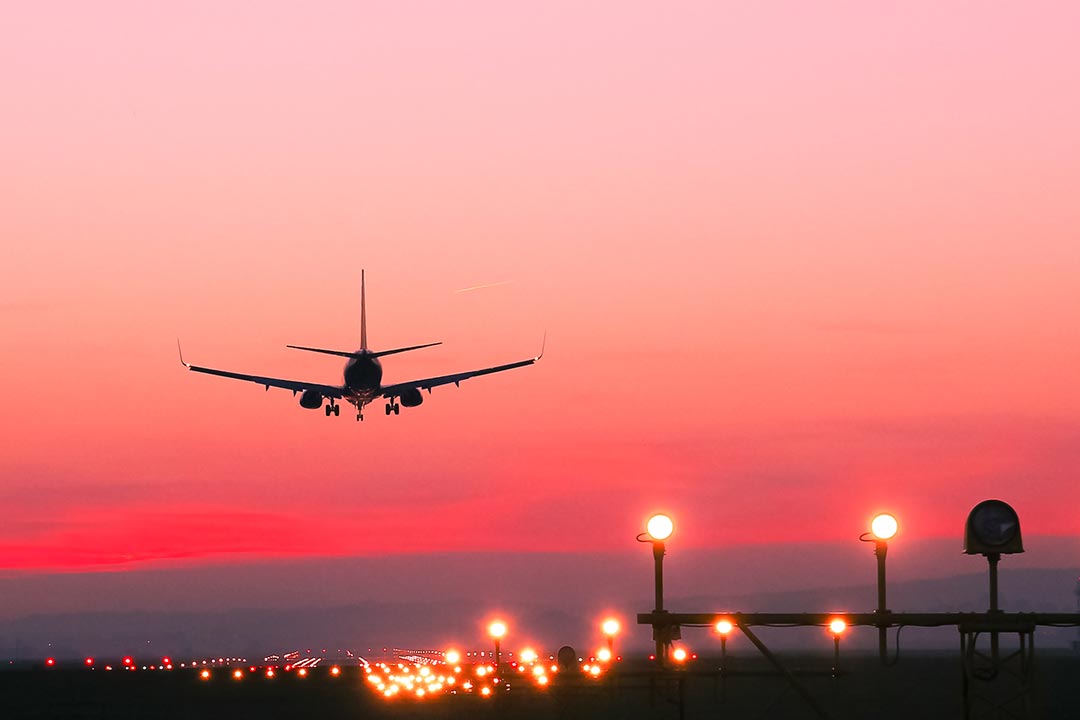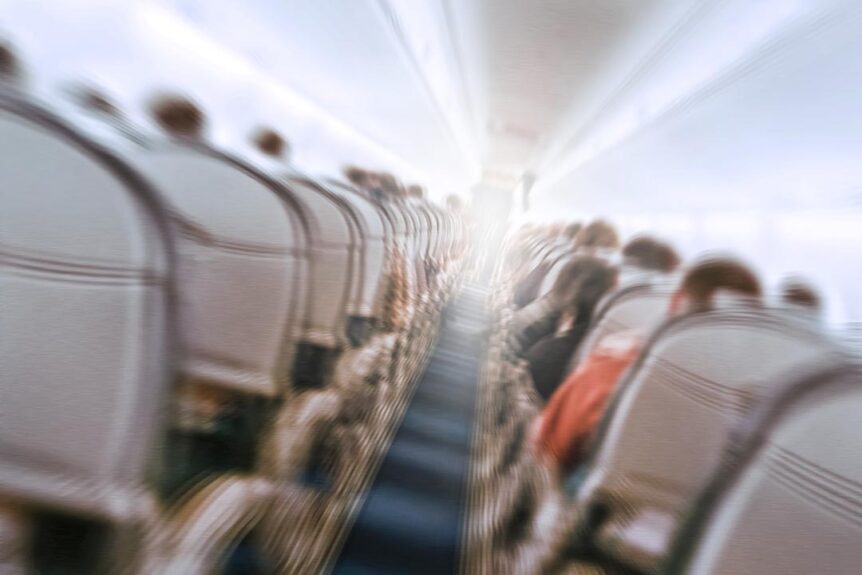In-flight turbulence danger is a major concern for air travelers and crew when unstable air disrupts a flight’s smooth path. This article explains turbulence, its causes, classifications, risks, and safety measures for passengers and crew.
What Is In-Flight Turbulence?

Turbulence is one of the most unpredictable of all the weather phenomena that are of significance to pilots.
Turbulence results from irregular air movement, causing bumps or drops. While often linked to storms, it can also occur in clear skies, especially near jet streams where air layers move at different speeds. This is called clear-air turbulence.
Mountain ranges, weather fronts, and clouds like cumulonimbus also create turbulence. Another type, wake turbulence, forms from air pressure changes behind other aircraft during takeoff or landing.
Classification of Turbulence
- Light turbulence: Causes slight shifts. Passengers may feel mild movement but can walk or eat.
- Moderate turbulence: Produces noticeable jolts. Unsecured items move, and walking is difficult.
- Severe turbulence: Leads to sudden altitude changes. Passengers may be thrown against restraints.
When Does Turbulence Become Dangerous?

Prevent inflight injuries by adhering to your airline’s carry-on restrictions.
Turbulence rarely threatens aircraft structure but becomes hazardous when passengers or crew are unbuckled. The FAA notes most injuries occur when seat belts are loose.
Clear-air turbulence (CAT) can strike unexpectedly, increasing risks. Recent incidents include:
- In May 2024, Singapore Airlines Flight SQ321 hit severe CAT, killing one and injuring over 100.
- On July 30, 2025, a Delta flight plunged 2,300 feet then rose 1,000 feet in a minute, injuring 25.
Per NTSB data, turbulence caused 40 serious passenger and 166 crew injuries in U.S. carriers from 2009 to 2023.
Research suggests climate change intensifies jet stream wind shear, leading to more frequent CAT.
Structural Safety vs. Physical Safety
Modern planes withstand even severe turbulence. FlightDeckFriend notes structural failures are rare, and pilots train to manage turbulence. Catastrophic accidents are exceedingly uncommon.
Factors That Increase Danger

FAA regulations require passengers to be seated with their seat belts fastened.
- Unbuckled seat belts: Unrestrained passengers or crew face higher injury risks.
- Flight phase: Wake turbulence is likelier during takeoff and landing.
- Thunderstorms: Cumulonimbus clouds generate violent air currents.
- Undetected CAT: Clear-air turbulence lacks visual or radar warnings.
How Airlines and Pilots Mitigate the Risk
- Pilots use radar, reports, and PIREPs to avoid turbulence.
- Cabin service pauses earlier if turbulence is expected.
- Passengers are urged to keep seat belts fastened while seated.
Tips for Passenger Safety
- Fasten seat belts at all times when seated.
- Follow crew instructions and safety briefings.
- Secure carry-on items properly.
- Limit movement during meals or turbulence alerts.
- Be alert near mountains or jet streams.
Understanding When Turbulence Turns Dangerous

While turbulence is normal and happens often, it can be dangerous.
Turbulence poses the greatest risk in four key scenarios: when it causes sudden, violent movements; when it strikes without warning (as with clear-air turbulence); when passengers or crew are unbuckled; or when loose items become projectiles during jolts.
While modern aircraft are engineered to withstand even severe turbulence, injuries still occur primarily because passengers are caught unprepared. This reality makes safety protocols critical. The stakes are rising: studies show severe clear-air turbulence has increased 55% since 1979 on major flight paths, and high-profile incidents like Singapore Airlines Flight SQ321 and Delta Flight DL56 underscore the potential consequences.
The solution is straightforward but vital: seat belts save lives, and heeding crew instructions dramatically reduces risks. Turbulence itself rarely threatens the plane. The real danger lies in being unsecured. By understanding these risks and taking simple precautions, travelers can navigate bumpy skies with confidence.

